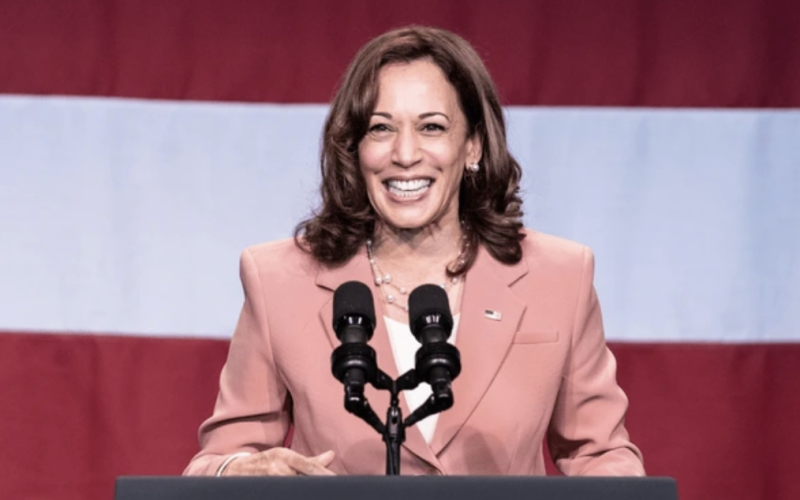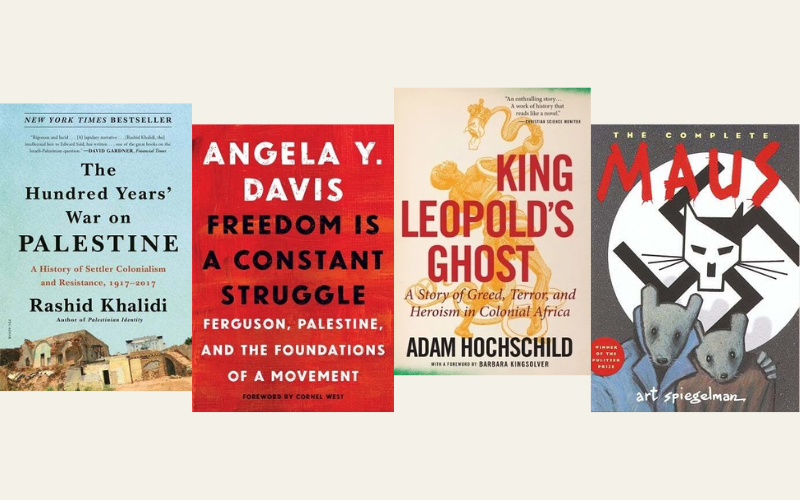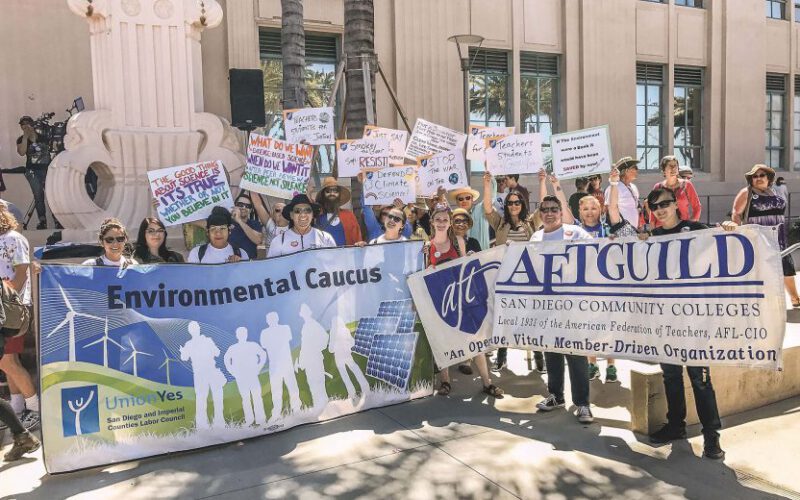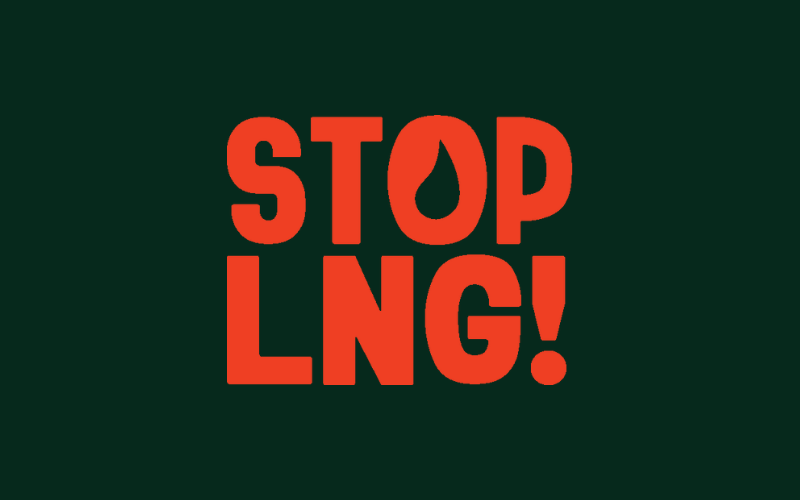Remembering the first Earth Day not just as history, but as a blueprint for this moment
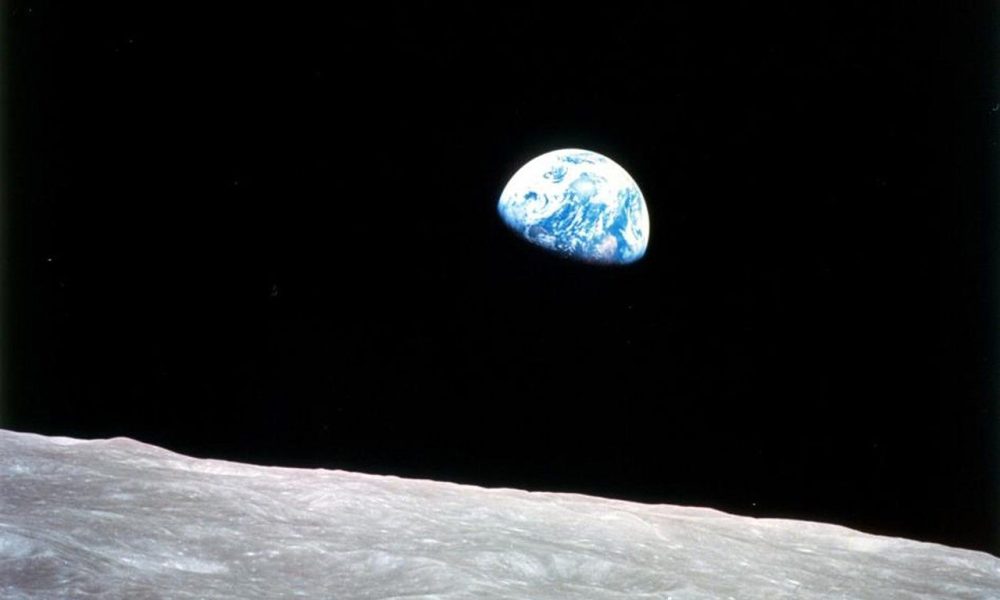
I spend a lot of time telling young people about the first Earth Day. They have a hard time imagining the scale—20 million Americans, ten percent of the then-population, the largest demonstration in American history—and even more trouble conceiving of what it accomplished: the Clean Air Act, the Clean Water Act, the EPA, all wrested from a corrupt Republican administration.
The optimism of that moment is impossible to conjure up right now (though, truthfully, it was a short optimism; the killings at Kent State and Jackson State followed it by mere days). But we can honor that moment by doing all we can to produce some of the same kind of momentum.
The hottest March on record just came and went—and at the same time, we’re seeing an alarming rollback of environmental protections dating all the way back to that first Earth Day in 1970. What we can do in this moment is remember that day not just as history, but as a blueprint. I talked about it on PBS NewsHour, and about the work needed to meet this moment. Third Actors across the country are rising to that challenge—building grassroots power in all the ways that count.
Many of Third Actors will be participating and hosting Earth Day events—and even more are using this week to start planning their participation in Sun Day in September. And of course every day we’re honoring the spirit of these grand gatherings with the daily, prosaic work that they make easier: lobbying of public utility commissions for cleaner energy, pushing city halls and state houses to make installing renewables easier, and all the other tasks that lack drama but get the job done.
Remember that the first Earth Day was powered by the pictures that had just come back from space: the first glimpses of a beautiful blue-white earth suspended in the inky void. That earth is more tattered now, and it’s lost some of that white at the poles, but it remains sublime. And it remains worth fighting for!
